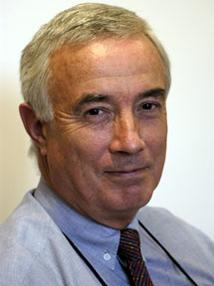BibTex format
@article{Kepha:2017:10.1186/s40249-017-0244-z,
author = {Kepha, S and Mwandawiro, CS and Anderson, RM and Pullan, RL and Nuwaha, F and Cano, J and Njenga, SM and Odiere, MR and Allen, E and Brooker, SJ and Nikolay, B},
doi = {10.1186/s40249-017-0244-z},
journal = {Infectious Diseases of Poverty},
title = {Impact of single annual treatment and four-monthly treatment for hookworm and Ascaris lumbricoides, and factors associated with residual infection among Kenyan school children},
url = {http://dx.doi.org/10.1186/s40249-017-0244-z},
volume = {6},
year = {2017}
}

